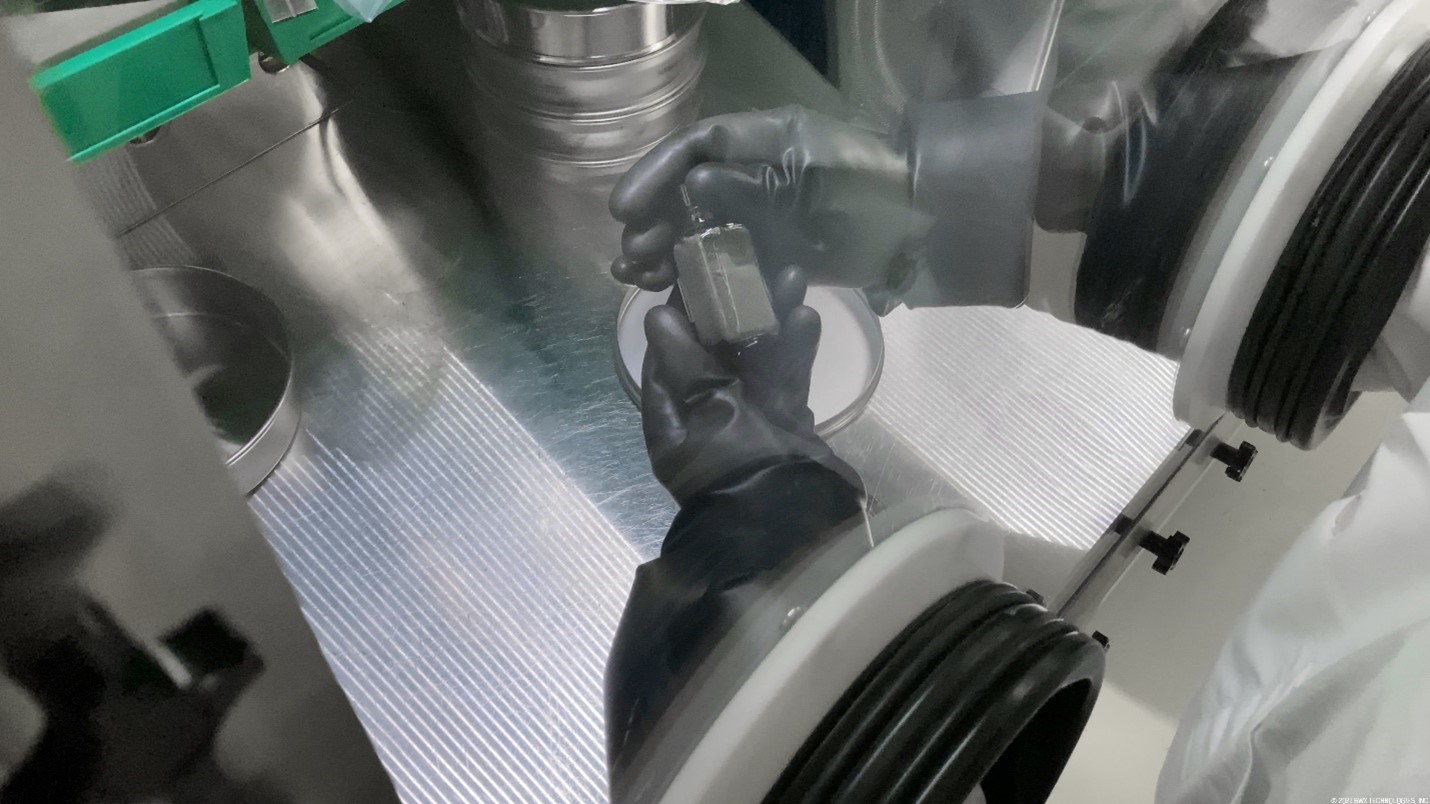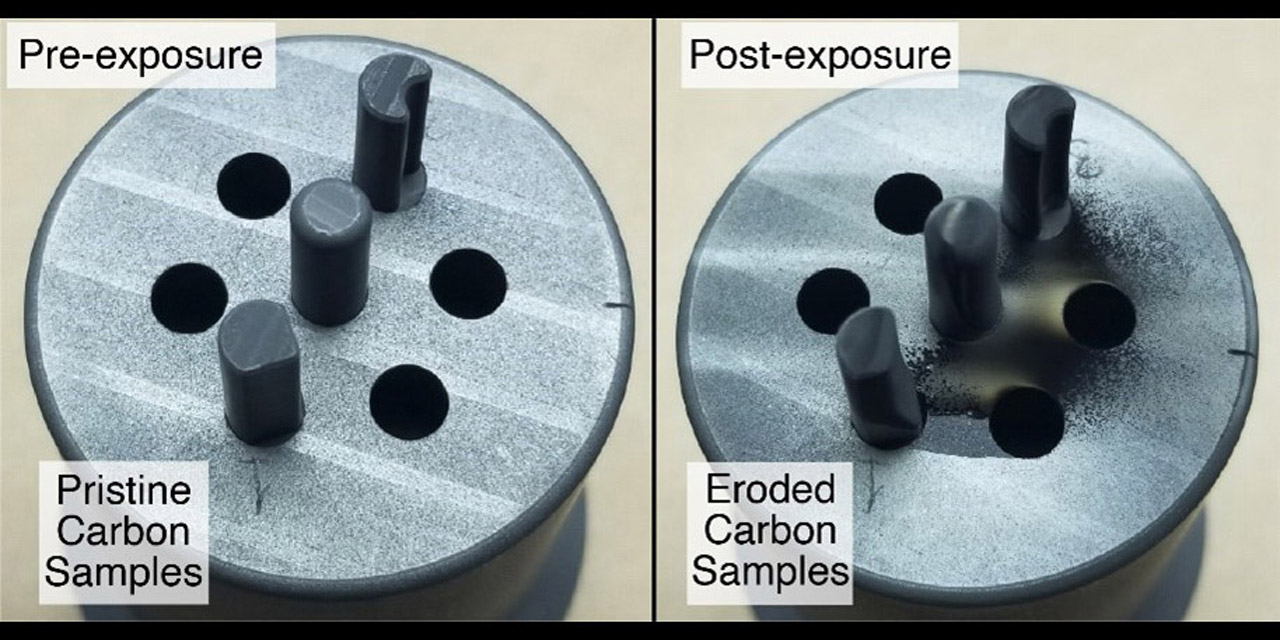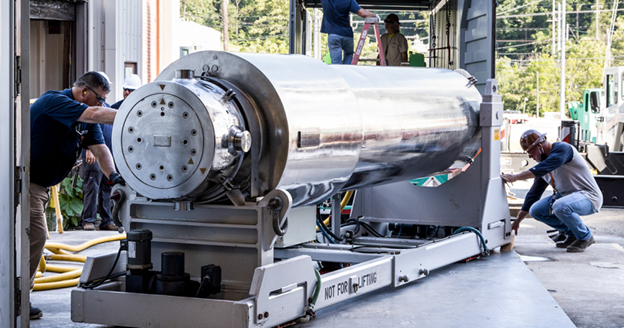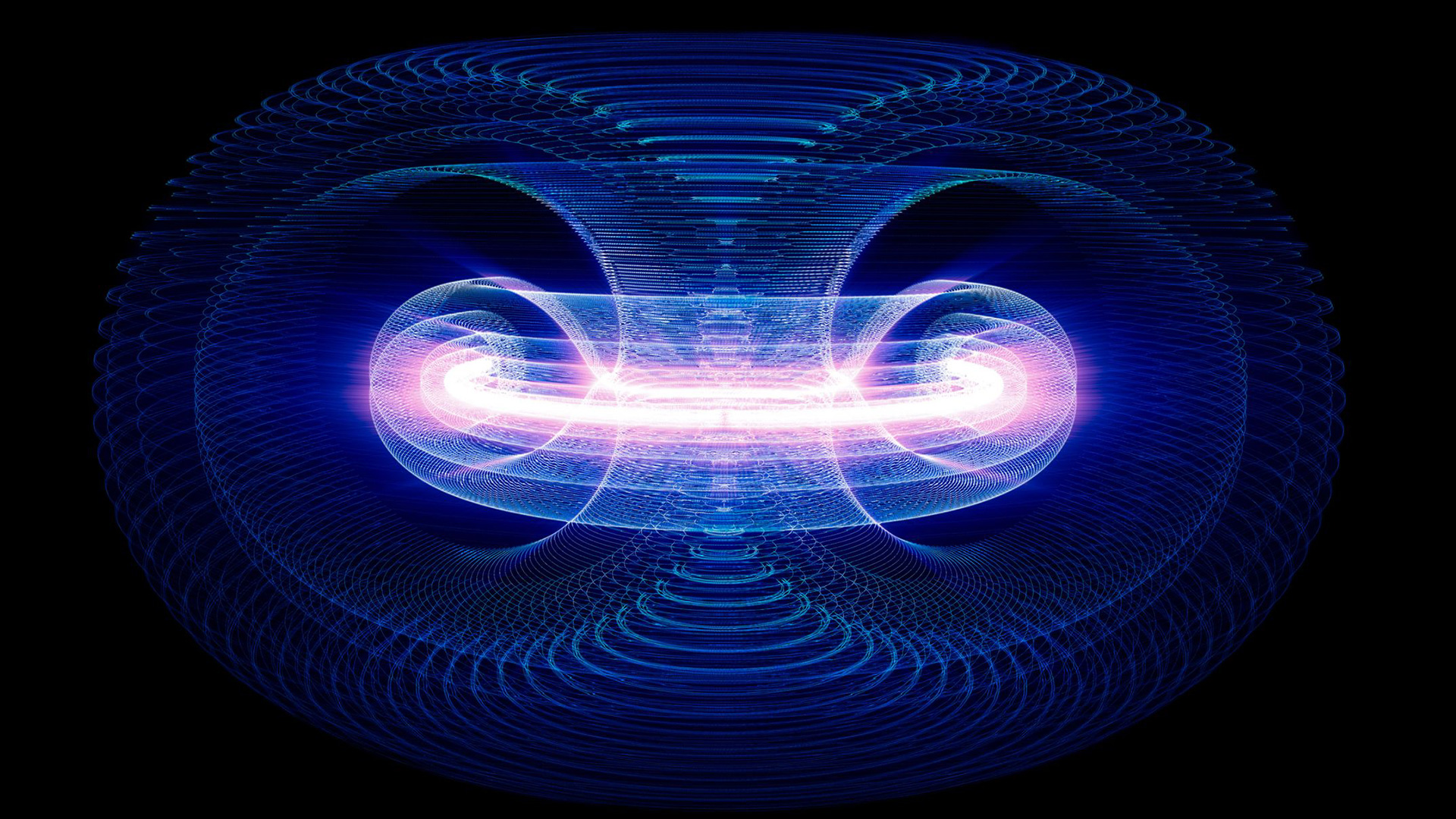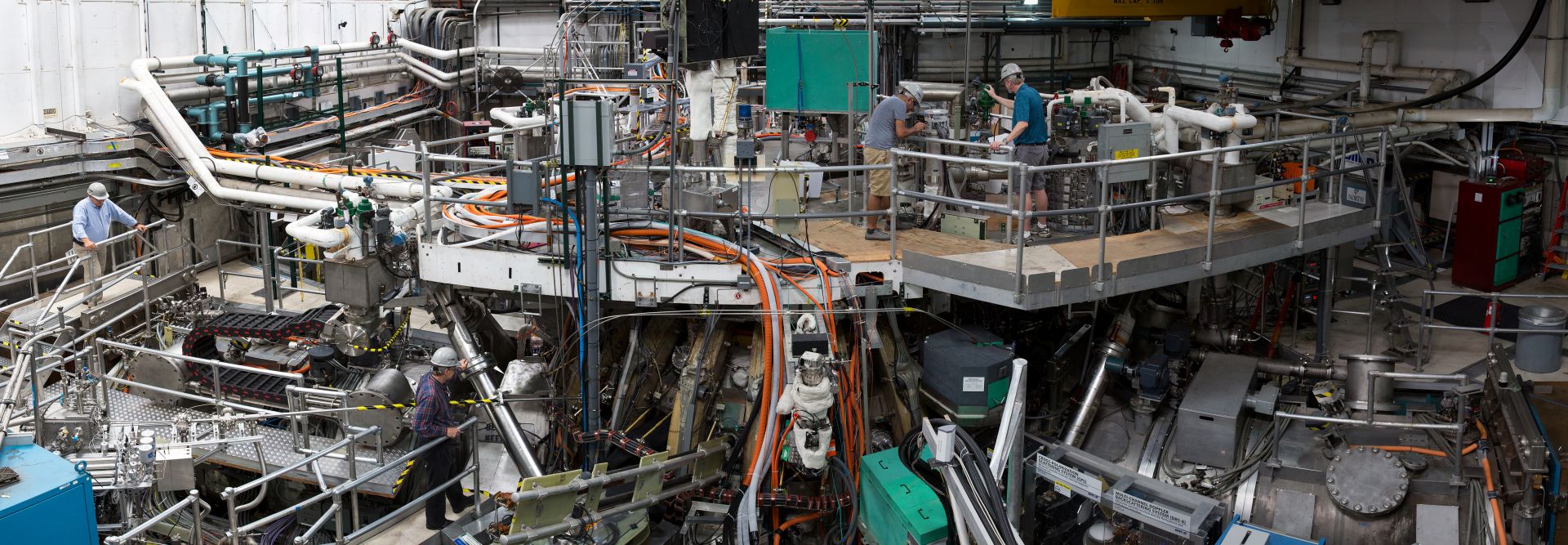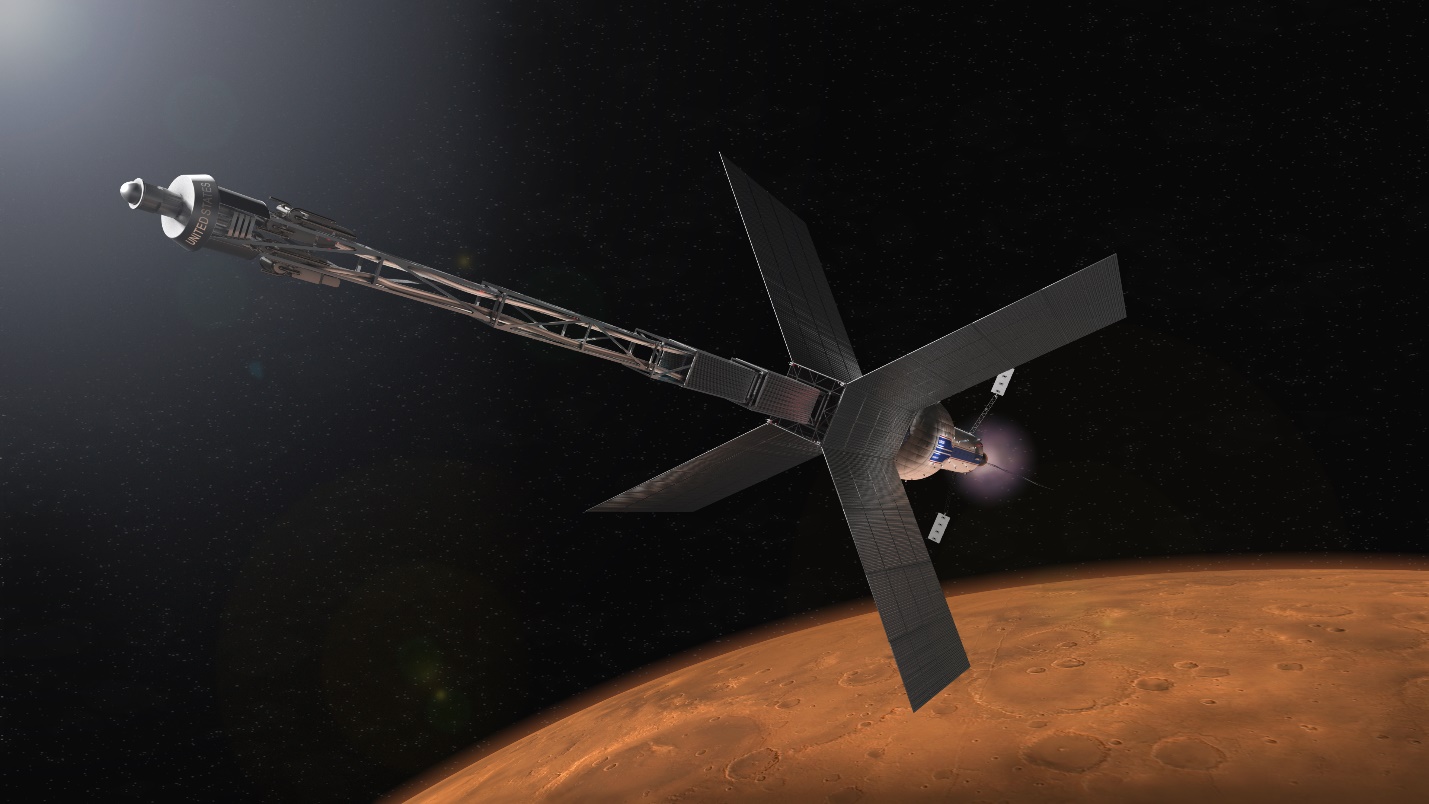Coated uranium fuel kernels, as viewed through a glovebox. (Photo: BWXT)
Nuclear thermal propulsion (NTP) is one technology that could propel a spacecraft to Mars and back, using thermal energy from a reactor to heat an onboard hydrogen propellant. While NTP is not a new concept, fuels and reactor concepts that can withstand the extremely high temperatures and corrosive conditions experienced in the engine during spaceflight are being designed now.
BWX Technologies announced on December 13 that it has delivered coated reactor fuels to NASA for testing in support of the Space Technology Mission Directorate’s NTP project. BWXT is developing two fuel forms that could support a reactor ground demonstration by the late 2020s, as well as a third, more advanced and energy-dense fuel for potential future evaluation. BWXT has produced a videoof workers processing fuel kernels in a glovebox.
A set of graphite rods was exposed to hot plasma in the DIII-D tokamak. Researchers measured the ablation behavior under extreme heat and particle flow to simulate conditions experienced by spacecraft heat shields during atmospheric entry. (Image: General Atomics)
As a spacecraft on a research mission hurtles at up to 100,000 miles per hour toward the surface of a gas giant like Jupiter, the atmospheric gases surrounding the spacecraft turn to plasma, and spacecraft temperatures increase to more than 10,000 °F.
Irradiated lead test rods are delivered to Oak Ridge National Laboratory for examination. (Photo: ORNL)
Several lead test rods of Westinghouse’s EnCore accident tolerant fuel recently arrived at Oak Ridge National Laboratory for post-irradiation examination over the next year in support of the Nuclear Regulatory Commission’s licensing process. The rods were installed in 2019 in Exelon’s Byron-2, a 1,158-MWe pressurized water reactor, and were removed in fall 2020 and prepared for shipment to ORNL.
The outside of the DIII-D tokamak, where testing that supports the development of the Compact Advanced Tokamak has been performed. Photo: General Atomics
Scientists at the DIII-D National Fusion Facility have published research on a compact fusion reactor design they say could be used to develop a pilot-scale fusion power plant. According to General Atomics (GA), which operates DIII-D as a national user facility for the Department of Energy’s Office of Science, the Compact Advanced Tokamak (CAT) concept uses a self-sustaining configuration that can hold energy more efficiently than in typical pulsed configurations, allowing the plant to be built at a reduced scale and cost.



